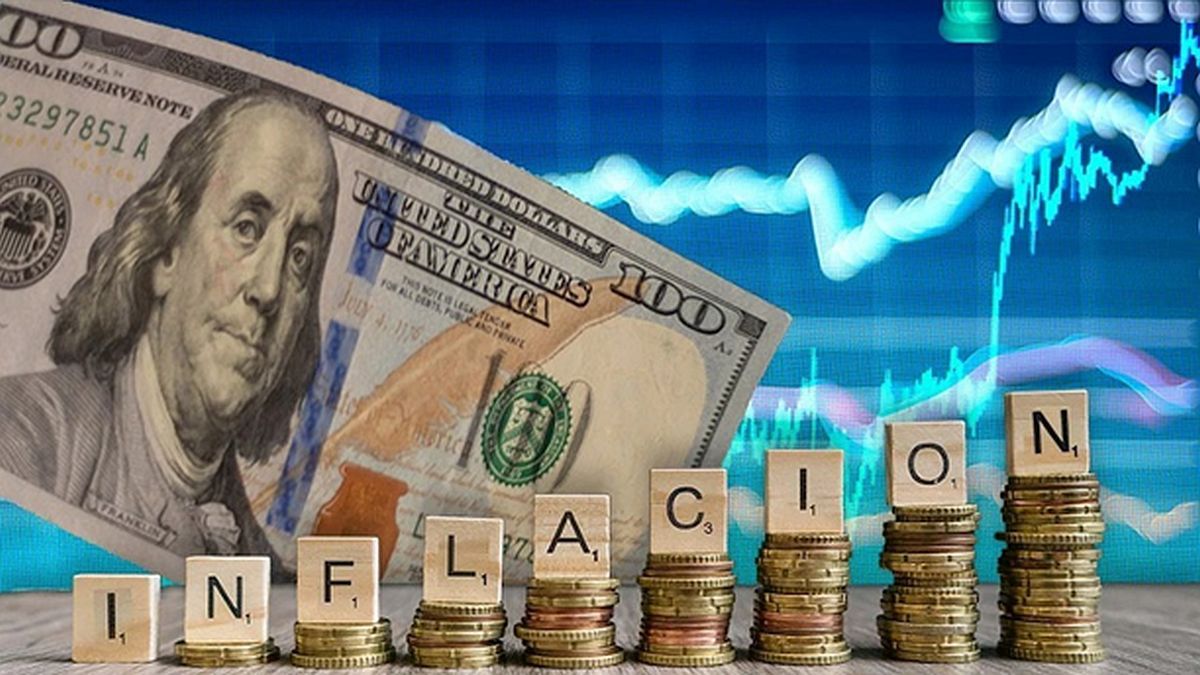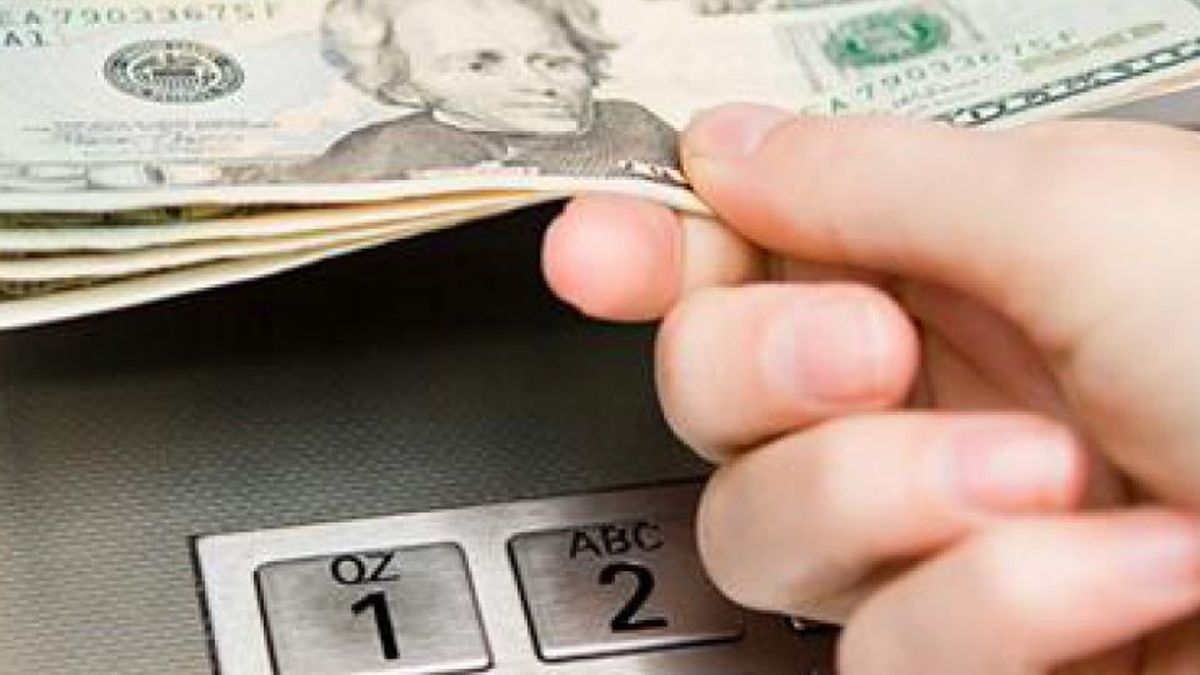The government seeks to demonetize the economy, every day there are fewer pesos, and they arrive more dollars to the market that will soon break the $1,000 barrier downwards.
Argentina is heading towards a change in the economic regimewhere we go from fiscal deficit to fiscal surplus, from financing the deficit with monetary emission, to not issuing money. Non-emission is leading us to a demonetization of the economy.
On December 7, 2023, monetary circulation was $6.6 trillion, as of March 26 it totaled 8.3 trillion, this implies an increase of 25.8%. Between December and March (assuming an inflation of 10% in March) inflation amounts to 88.4%, this clearly shows how the purchasing power of banknotes on the street is liquefied. This forces many transactions that were previously carried out in cash to now be carried out through other electronic means of payment, which places us in a more formal economy.
In the last 4 months the devaluation of the monetary sign was 138.2%, which compared to the inflation of 88.4% should not show a loss of competitiveness of our economy. However, if we measure the first 3 months of the year, inflation is 50.2% and devaluation is 6.2%, which shows that statistics are useful for reading them whimsically and drawing conclusions.
Argentina is heading towards a model of currency competition, where the economy will have fewer and fewer pesos, and transactions can be carried out in the currency that people want, or the products that they want to trade.
While the market waits for the government to devalue the exchange rate, the government seeks to redouble efforts to have a fiscal surplus, issue only against dollar support, and lower the interest rate.
Currently the fixed-term rate is 5.83% monthly, the Treasury is placing bonds in pesos at a rate of 5.5% monthly, inflation is around 10% monthly, and in this way it seeks liquefy the remunerated liabilities that stand at $35.3 billion and US$9,107 million. As of December 7, 2023, monetary liabilities stood at $23.4 trillion and US$5,051 million. Since Javier Milei assumed monetary liabilities remunerated in pesos have risen 50.9% (below inflation) and in dollars 80.3%.
From our point of view, the Central Bank is in a process of liquefying remunerated monetary liabilities by lowering the monetary policy rate to negative levels against inflation, while on the other hand it borrows in dollars by placing Bopreal bonds at a rate similar to the that it achieves by placing its reserves seeking a neutral result.
Conclusion
. – While the market waits for a devaluation of the monetary sign to liquefy the remunerated monetary liabilities of the Central Bank, and get out of the alleged exchange rate delay, the government seeks to lower the interest rate to liquefy the remunerated monetary liabilities, and in no way devalue the monetary sign. As will be seen, the reading of what is going to happen is binary, some go to Ushuaia and others head towards La Quiaca.
. – We are in the early corn and soybean harvest period, so we expect a strong influx of dollars in the April, May and June quarters, which removes any possibility of currency devaluation.
. – Producers who do not want to sell will lose purchasing power over time, since inflation runs faster than the devaluation rate and the price of raw materials.
. – With the fall in economic activity, plus the high levels of inflation, the dollar is no longer an object of desire, the pesos are scarce, the dollars are abundant and the bill is falling to be quoted in the 3 digits.
. – We are in an unprecedented economic plan for Argentine culture of only buying dollars and hoarding. We have to change the chip and realize that today the economy is in another place, very different from the one we have lived in for the last 23 years.
. – The best recommendation is to remember what happened in convertibility to achieve an approximation, without dismissing that this plan is more ingenious and that it seeks to demonetize the economy by moving to currency competition.
. – If the government achieves an economic victory, with low inflation and lifts the stocks, we will close a stage of credit at low rates in Argentina, so before achieving that objective, go into debt in dollars now that they offer you financing at single-digit rates and therefore below 5.0% annually, which is what a fixed term pays in the United States. On the other hand, if you go into debt in pesos, do not do so at effective rates higher than 90% annually, inflation is falling like a piano, and what looks cheap today could be very expensive tomorrow.
. – Investing in sovereign bonds of the Argentine Republic seems the best option, if the country reaches an understanding with the IMF and returns to the international financial market. Buying dollars is the past, they changed the economic music, and you have to change the way you make investments.
Financial analyst
Source: Ambito
I am a 24-year-old writer and journalist who has been working in the news industry for the past two years. I write primarily about market news, so if you’re looking for insights into what’s going on in the stock market or economic indicators, you’ve come to the right place. I also dabble in writing articles on lifestyle trends and pop culture news.




